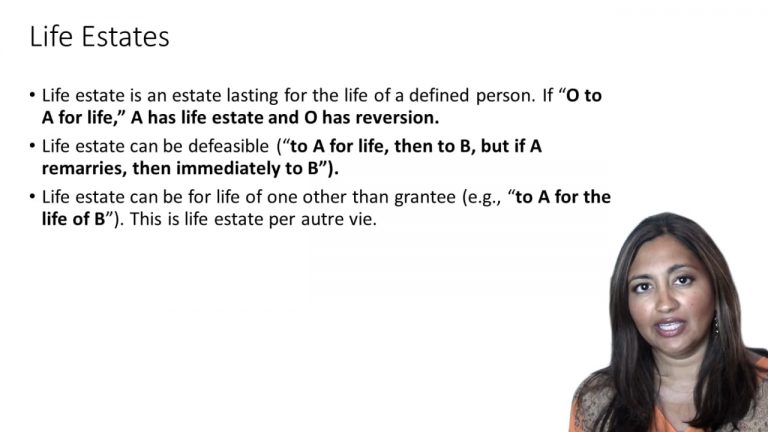SmartBrief
Confirm favorite deletion?
Property Keyed to Rabin
Anne Barnett Zauner v. Leonie Sullivan Brewer
Citation:
Supreme Court of Connecticut, 1991; 220 Conn. 176; 596 A.2d 388Facts
In July 1967, the testatrix, Virginia R. Ward executed a will in which she conveyed the Beaver Dam property to Defendant during Defendant’s life or until she surrenders the premises. The remaining fee simple interest would then pass to her son and upon her son’s death, this interest passed to the Plaintiff who was her son’s widow.
In October, 1967 Defendant moved into the property and lived there until September, 1988 when she leased the property to a third party. Plaintiff sued Defendant, claiming that leasing the property meant that she surrendered it, which entitled Plaintiff to possession. Additionally, Plaintiff claimed that Defendant committed waste on the premises.
Defendant moved for summary judgment, arguing that to surrender the premises meant conveying an estate for years or life to another party, not leasing the property. Additionally, Defendant argued that the Plaintiff did not properly file a claim for waste because she failed to allege that the purported waste substantially and permanently damaged the property. Furthermore, Plaintiff cannot collect damages for this claim because § 52-563 doesn’t authorize damages for waste if the current life estate is not terminated.
At trial, Plaintiff submitted evidence showing that Defendant failed to complete ordinary repairs and that the property substantially deteriorated under Defendant’s control. The trial court granted summary judgment in favor of the Defendant and Plaintiff appealed.
Only StudyBuddy Pro offers the complete Case Brief Anatomy*
Access the most important case brief elements for optimal case understanding.
*Case Brief Anatomy includes: Brief Prologue, Complete Case Brief, Brief Epilogue
- The Brief Prologue provides necessary case brief introductory information and includes:
Topic:
Identifies the topic of law and where this case fits within your course outline.Parties:
Identifies the cast of characters involved in the case.Procedural Posture & History:
Shares the case history with how lower courts have ruled on the matter.Case Key Terms, Acts, Doctrines, etc.:
A case specific Legal Term Dictionary.Case Doctrines, Acts, Statutes, Amendments and Treatises:
Identifies and Defines Legal Authority used in this case.
- The Case Brief is the complete case summarized and authored in the traditional Law School I.R.A.C. format. The Pro case brief includes:
Brief Facts:
A Synopsis of the Facts of the case.Rule of Law:
Identifies the Legal Principle the Court used in deciding the case.Facts:
What are the factual circumstances that gave rise to the civil or criminal case? What is the relationship of the Parties that are involved in the case.Issue(s):
Lists the Questions of Law that are raised by the Facts of the case.Holding:
Shares the Court's answer to the legal questions raised in the issue.Concurring / Dissenting Opinions:
Includes valuable concurring or dissenting opinions and their key points.Reasoning and Analysis:
Identifies the chain of argument(s) which led the judges to rule as they did.
- The Brief Prologue closes the case brief with important forward-looking discussion and includes:
Policy:
Identifies the Policy if any that has been established by the case.Court Direction:
Shares where the Court went from here for this case.
Topic Resources
Topic Videos
 5m 48s
5m 48s 3m 59s
3m 59s 17m 32s
17m 32s 17m 25s
17m 25sTopic Outline
